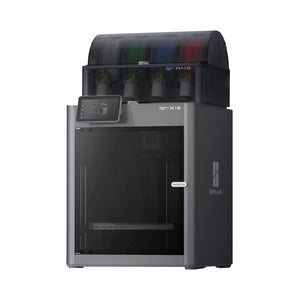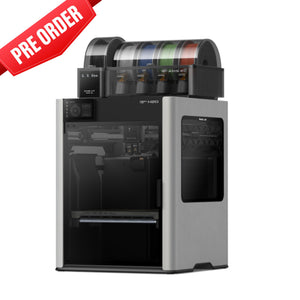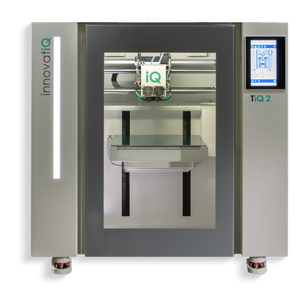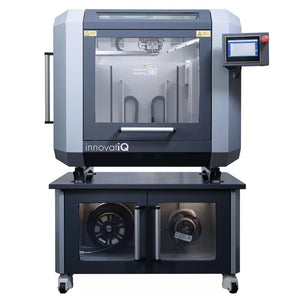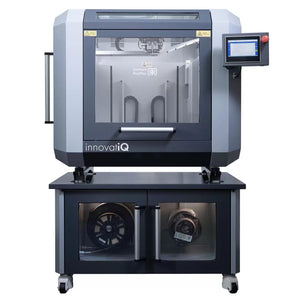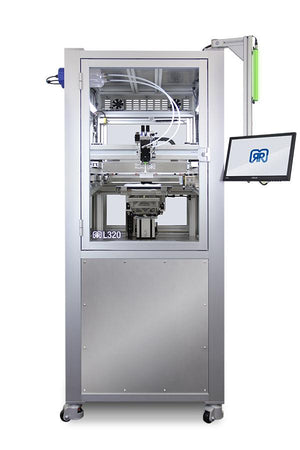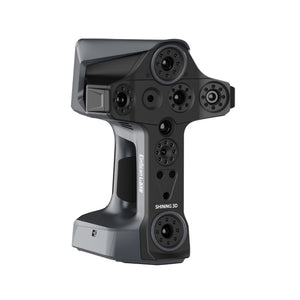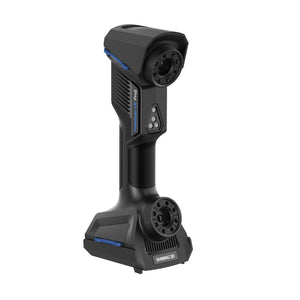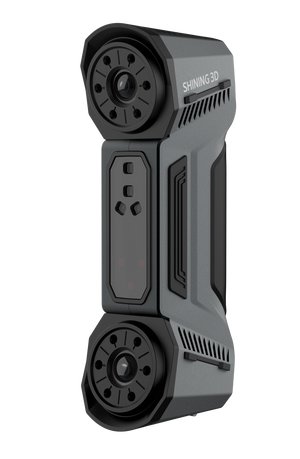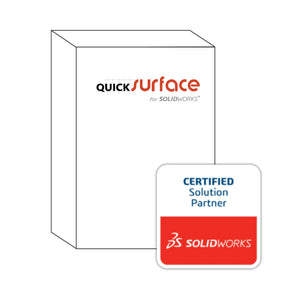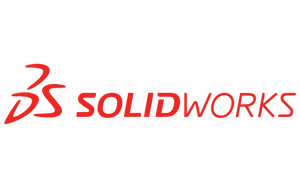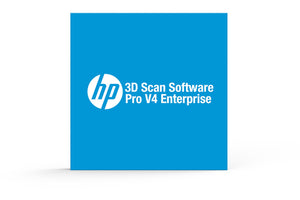Feb 09, 2025
Reshaping Manufacturing: How 3DChimera is Bringing Advanced 3D Technology to the Masses
As posted on MCADCafe: https://www10.mcadcafe.com/blogs/mcadbookreviews/reshaping-manufacturing-how-3dchimera-is-bringing-advanced-3d-technology-to-the-masses/
Reshaping Manufacturing: How 3DChimera is Bringing Advanced 3D Technology to the Masses
In an industry often defined by high-profile mergers, financial struggles, and the unpredictable tides of global supply chains, a quieter yet powerful revolution is taking place. 3DChimera, a Miami-based company specializing in 3D printing, scanning, and CAD solutions, is proving that smaller, more agile firms can not only survive but thrive by prioritizing real-world applications over marketing hype.
At the helm of this movement is Alex Hussain, the company’s co-founder and CEO, who has spent over a decade helping engineers and manufacturers integrate advanced 3D technology into their workflows. During a recent interview, Hussain discussed the current state of the industry, the growing momentum behind reshoring, and how 3DChimera is making cutting-edge manufacturing tools more accessible than ever.
An Industry in Transition
The 3D printing industry has undergone dramatic shifts in recent years. While many large, publicly traded 3D printing companies have faced financial struggles, Hussain has seen a different story playing out among smaller, application-focused businesses.
“Companies like ours are thriving because we’re prioritizing real results over flashy ideas,” he said. “There’s a major contraction happening at the top, with big players consolidating to survive, but that’s creating an opportunity for smaller, specialized firms to step up and deliver real value.”
One of the biggest trends shaping the industry in 2025 is the renewed push for reshoring—bringing manufacturing back to the United States. The motivations behind this shift vary, from tariffs and geopolitical tensions to supply chain disruptions and rising overseas production costs. Whatever the reason, Hussain believes this trend is accelerating.
“Everyone seems to recognize that we need to start building things in America again,” he said. “Technologies like 3D printing, scanning, and artificial intelligence will be the driving forces behind this shift.”
Making Advanced 3D Technology Effortless
At its core, 3DChimera is focused on simplifying the adoption of advanced manufacturing tools. While many companies offer 3D printers and scanners, 3DChimera takes a more comprehensive approach by helping businesses integrate these technologies into their workflows seamlessly.
“We don’t just sell 3D printers—we ensure our customers get effortless results with them,” Hussain explained. “We work directly with companies to design tooling, create production workflows, and provide pre-loaded print files so their team simply has to press ‘print.’ No expertise in design or additive manufacturing is required.”
This commitment to accessibility has made Bambu Lab printers and Shining3D scanners some of 3DChimera’s most sought-after products. The Bambu Lab printers, in particular, are known for their high reliability, automation, and ease of use, removing many of the technical barriers that previously made 3D printing difficult for businesses. On the scanning side, Shining3D scanners have delivered professional-grade performance at a fraction of the cost of previous-generation systems.
“Five years ago, a scanner with these capabilities would have cost $75,000. Today, it’s available in the $10,000 range,” Hussain said. “That’s a game-changer for small and mid-sized businesses looking to bring scanning into their operations.”
Helping Businesses Regain Control Over Their Manufacturing Data
One of 3DChimera’s most in-demand services today is helping businesses regain control over their manufacturing data, a challenge that has become increasingly urgent as companies seek to move production away from overseas suppliers.
“We get calls all the time from companies that have been producing parts overseas for years, only to realize they don’t actually own their own design data,” Hussain said. “They want to explore alternative manufacturing options, but they don’t have the blueprints or CAD files.”
3DChimera helps by scanning and reverse-engineering these parts, often optimizing the design in the process. Once the data is captured, the company works with clients to determine the best production method, whether that’s 3D printing, CNC machining, or a hybrid approach using 3D-printed tooling for traditional manufacturing methods.
“The cost savings can be dramatic,” Hussain said. “We’re not talking about saving a few dollars here or there. In some cases, we’re helping companies save hundreds of thousands of dollars by keeping their production running with replacement parts or optimized workflows.”
Advancing Manufacturing Through Innovation
Looking ahead to 2025, 3DChimera is doubling down on innovation. One of its newest in-house technologies, the DyeFormer, is designed to add color to 3D-printed parts, making them more viable for real-world applications.
“At first, people think of color as just an aesthetic choice, but in many industries, it’s a functional requirement,” Hussain said. “For example, in the electric vehicle industry, regulatory requirements demand that protective covers over terminals be bright orange. Historically, these parts were injection-molded at a high cost. Now, we can 3D print them at zero tooling cost and dye them to spec.”
The food industry has similar regulations, requiring plastic parts that come into contact with food to be blue so they can be easily identified if they fall into food production lines. The DyeFormer allows companies to meet these regulatory requirements while reducing their reliance on traditional manufacturing methods.
In addition to developing its own solutions, 3DChimera is expanding its partnerships with material innovators like Fiber Three, a German company producing high-performance carbon fiber-reinforced materials with exceptional strength and conductivity.
“These materials are two to four times stiffer than traditional composites,” Hussain said. “By bringing them to the U.S. market, we’re giving engineers and manufacturers access to materials that push the boundaries of what’s possible.”
A Leader Focused on Practical Innovation
Beyond his role as CEO, Hussain is an engineer at heart. With eight patents to his name and over two decades of experience in product development, he has a deep appreciation for how 3D technology can drive meaningful change across industries.
“Our secret sauce is the ability to connect ideas across industries,” he said. “What works for aerospace might inspire a solution in marine engineering, or something we develop for robotics could be adapted for medical devices. That cross-pollination of ideas is where the real magic happens.”
And while he is busy reshaping the industry, Hussain still finds time for his personal passions—training in Muay Thai, spending time with his three young sons, and enjoying life with his beloved Goldendoodle, Penelope.
“Muay Thai is my stress relief,” he said with a laugh. “I train twice a week, and honestly, some of my best business ideas come while hitting the heavy bag.”
As 3DChimera heads into its twelfth year, its future looks as promising as the new technologies it is bringing to the manufacturing world.
For companies looking to bring their production back home, streamline their operations, or explore the possibilities of additive manufacturing, 3DChimera offers a clear message:
“We make advanced technology effortless.”


